This post may contain affiliate links which means I will get a commission if you make a purchase at no additional cost to you. As an Amazon Associate I earn from qualifying purchases. Please read my disclosure for details.
Grocery stores are designed to make you spend more than necessary, often by placing similar products in different aisles with dramatically different price tags.
Many shoppers unknowingly pay premium prices for items that can be found cheaper just a few shelves away. By knowing where to look, you can save big on everyday essentials. Here are 11 expensive grocery items that you can find for less in a different aisle.
1. Spices – Buy in the International or Bulk Section
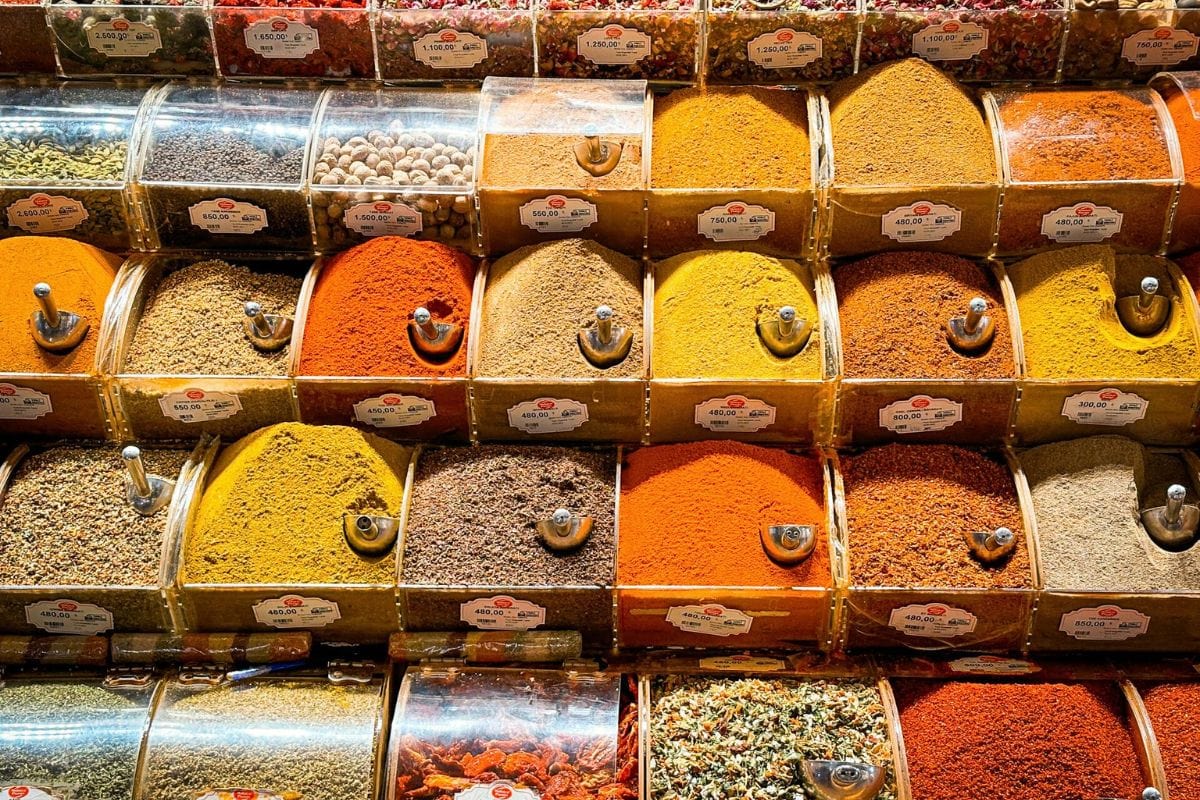
WANT TO SAVE THIS RECIPE?
Spices in the baking aisle are often heavily marked up, sometimes costing as much as $5–$10 per small bottle. However, if you head to the international aisle or bulk foods section, you’ll find the same spices—often in larger quantities—for a fraction of the price. Ethnic brands and bulk bins provide fresher, more affordable alternatives to the tiny, overpriced jars found in mainstream spice racks.
2. Oatmeal – Check the Breakfast Aisle vs. the Baking Section
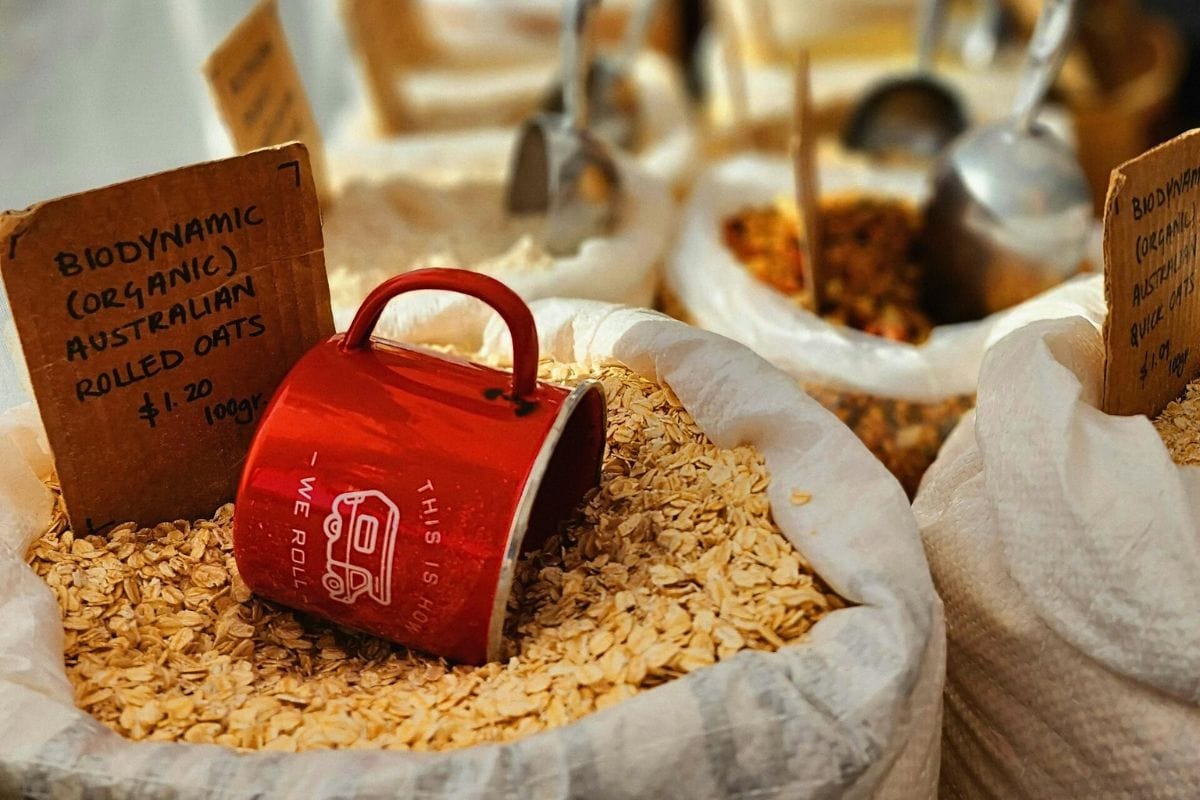
Pre-packaged flavored oatmeal packets in the cereal aisle can be shockingly expensive for the amount you get. Instead, head to the baking aisle, where large containers of plain rolled oats or steel-cut oats cost significantly less per serving. You can add your own fruit, cinnamon, or honey to make it taste just as good—if not better—while saving money and avoiding unnecessary sugar and preservatives.
3. Pre-Cut Vegetables – Get Whole Versions from the Produce Section
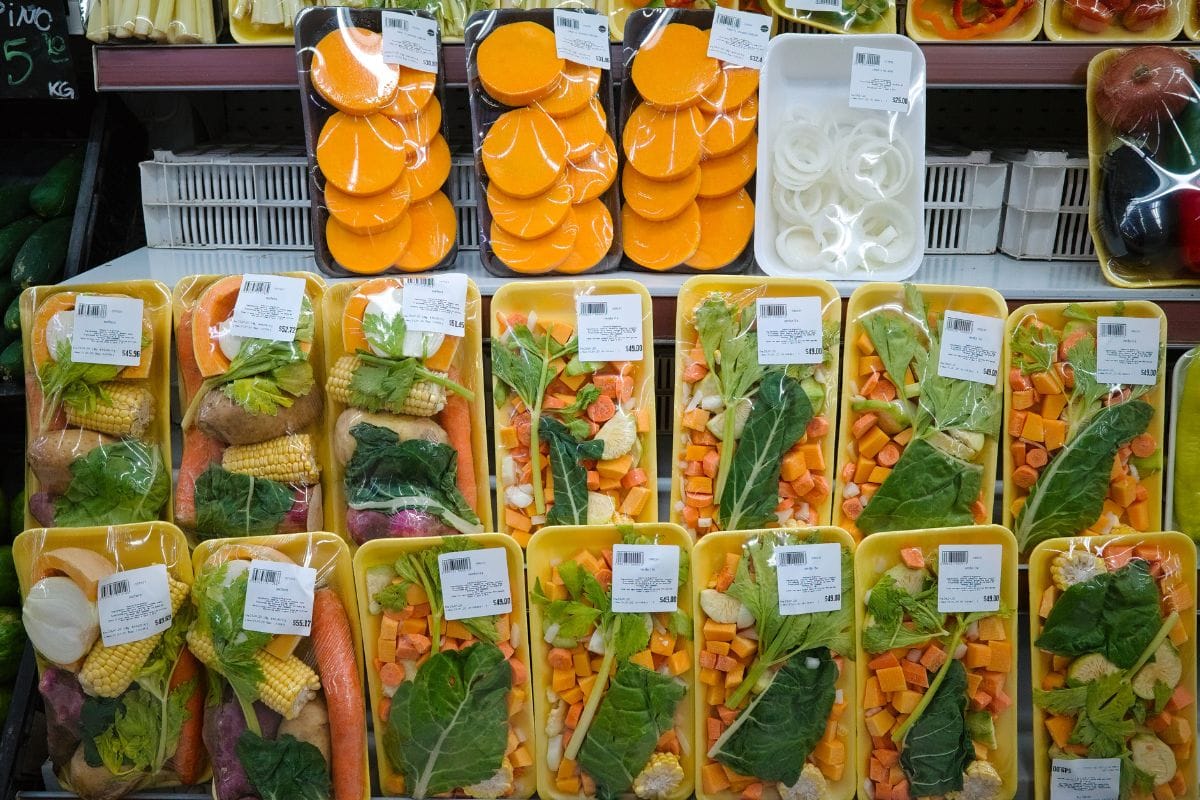
Pre-cut vegetables are a huge convenience, but they come with an equally large markup. Many grocery stores sell chopped onions, sliced peppers, or diced squash for double or even triple the price of their whole counterparts. Instead, buy whole vegetables and chop them yourself at home. Not only will you save money, but your produce will also stay fresher longer without the added exposure to air.
4. Cheese – Compare the Dairy and Deli Sections
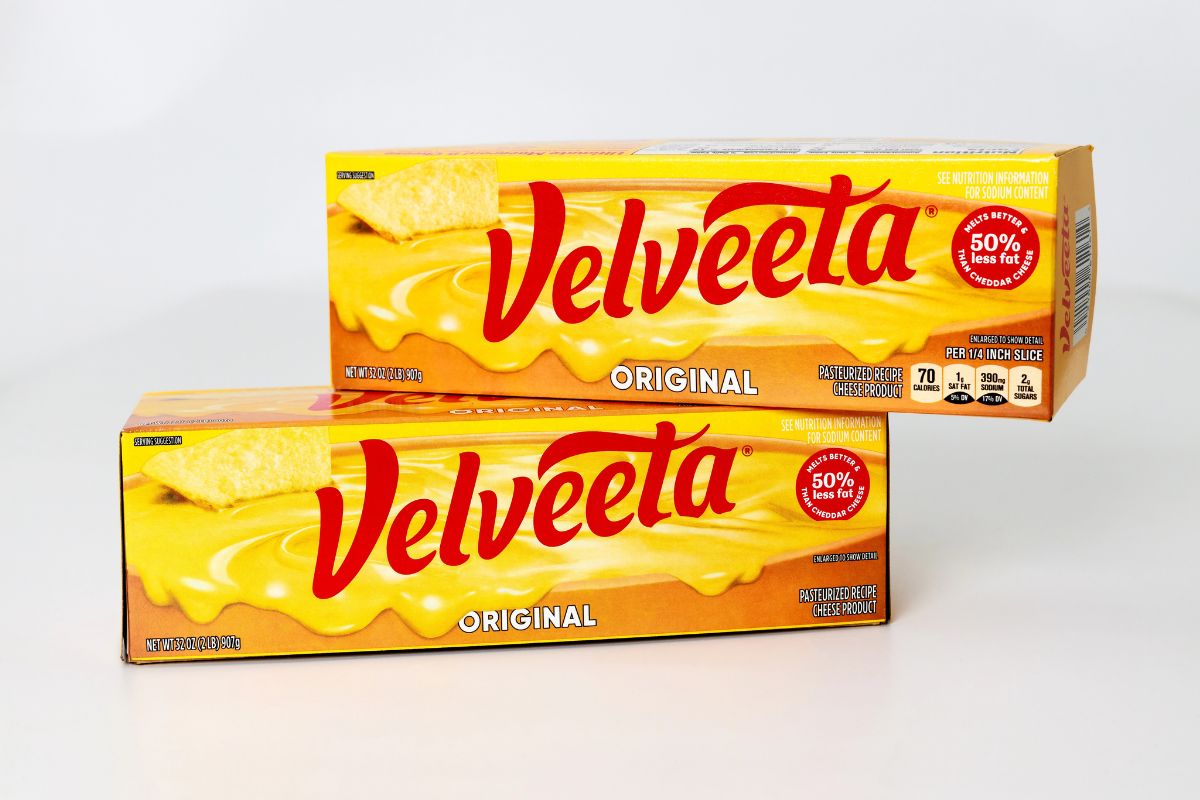
Shredded and pre-sliced cheese in the dairy aisle often costs much more than buying a block of cheese and grating or slicing it yourself. Additionally, the deli counter frequently sells higher-quality cheese for a better price per ounce than pre-packaged varieties. When possible, buy a whole block and use a cheese grater at home to save money while avoiding anti-caking agents found in pre-shredded cheese.
Related Post: 15 Common Food Myths You’ve Been Believing for Years
5. Rice and Grains – Shop in the International Aisle or Bulk Section
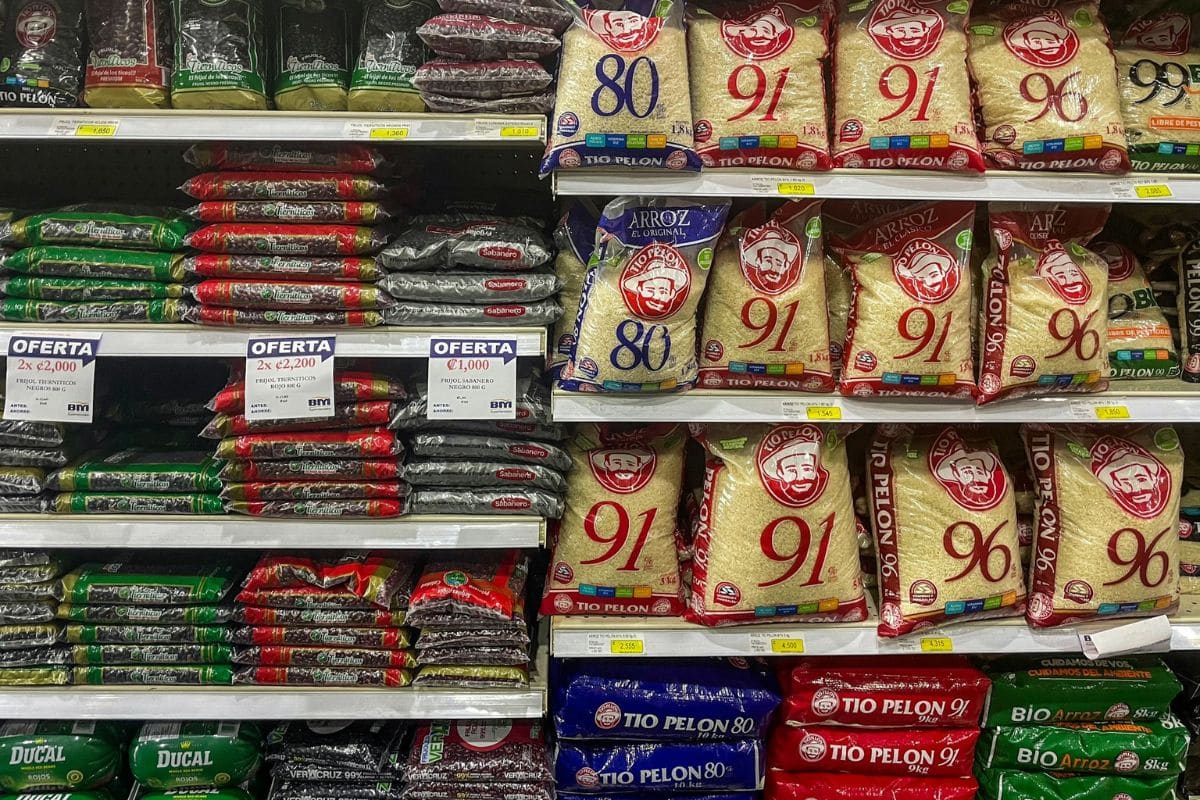
Rice, quinoa, and other grains can be surprisingly expensive in the standard grocery aisles. However, if you check the international section—particularly the Latin or Asian food aisles—you can often find much larger bags of rice for a lower price per pound. Similarly, bulk bins in some stores offer significant savings over the smaller, branded packages found in the main aisles.
Sign up now to receive our exclusive e-cookbook filled with top-rated recipes for FREE!
6. Nuts and Seeds – Buy in Bulk Instead of Pre-Packaged
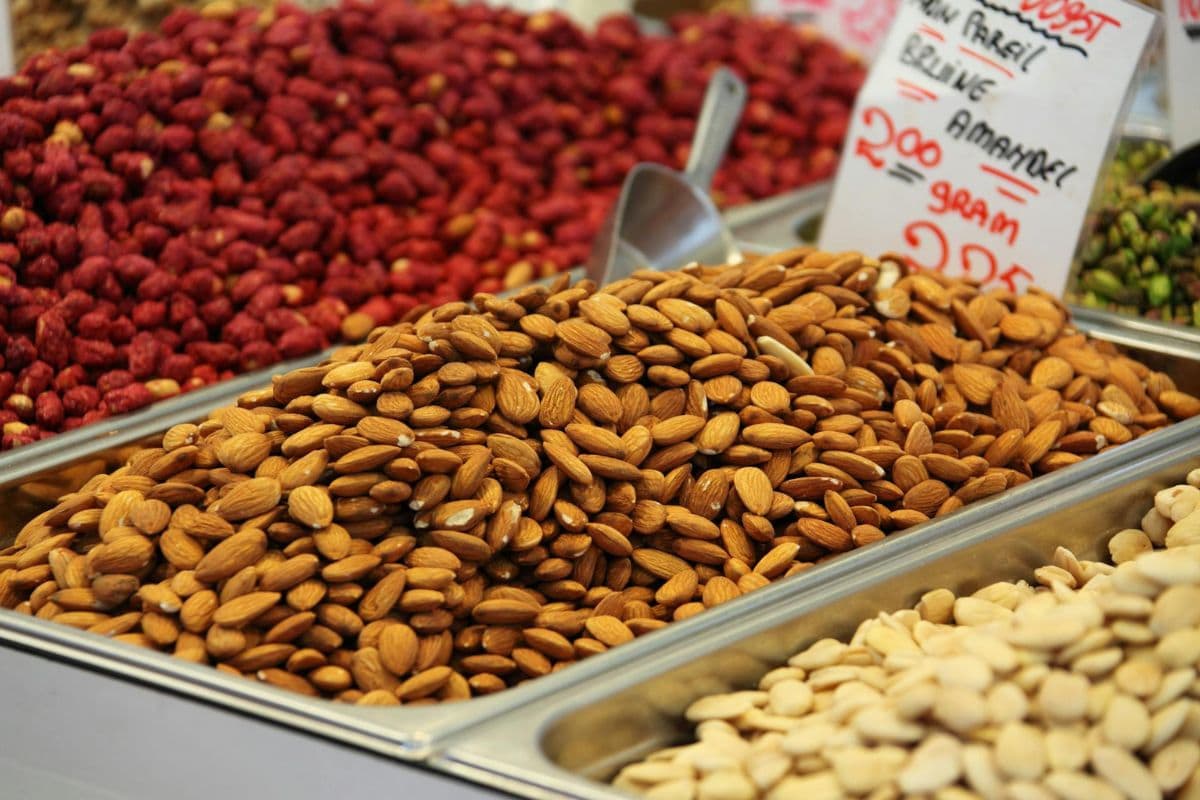
Nuts and seeds in snack-sized packages can be one of the most overpriced grocery items. Instead of buying small bags in the snack or baking section, look for bulk bins where you can scoop out exactly how much you need at a lower price per pound. If your store doesn’t have bulk bins, check the baking aisle, where nuts are often cheaper than their snack aisle counterparts.
Related Post: 12 Kitchen Habits That Are Making Your Food Spoil Faster
7. Salad Dressing – Make Your Own with Pantry Staples
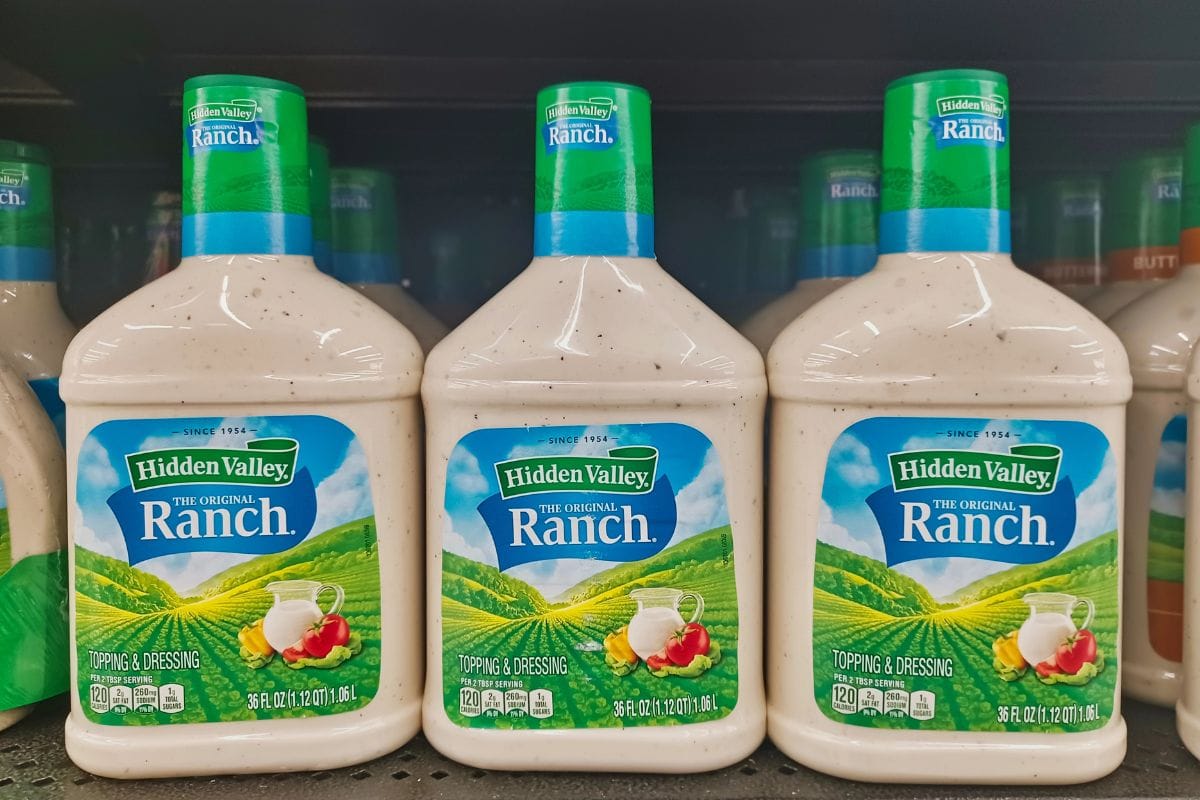
Bottled salad dressings can be expensive and often contain unnecessary additives and preservatives. Instead of paying $4–$6 per bottle, make your own with pantry staples like olive oil, vinegar, mustard, honey, and seasonings. A simple vinaigrette takes seconds to mix, costs far less, and tastes fresher than anything store-bought. Plus, you can control the ingredients to match your flavor preferences and dietary needs.
Related Post: 10 Food Expiration Dates You Should Never Ignore
8. Broth and Stock – Use Bouillon or Make Your Own
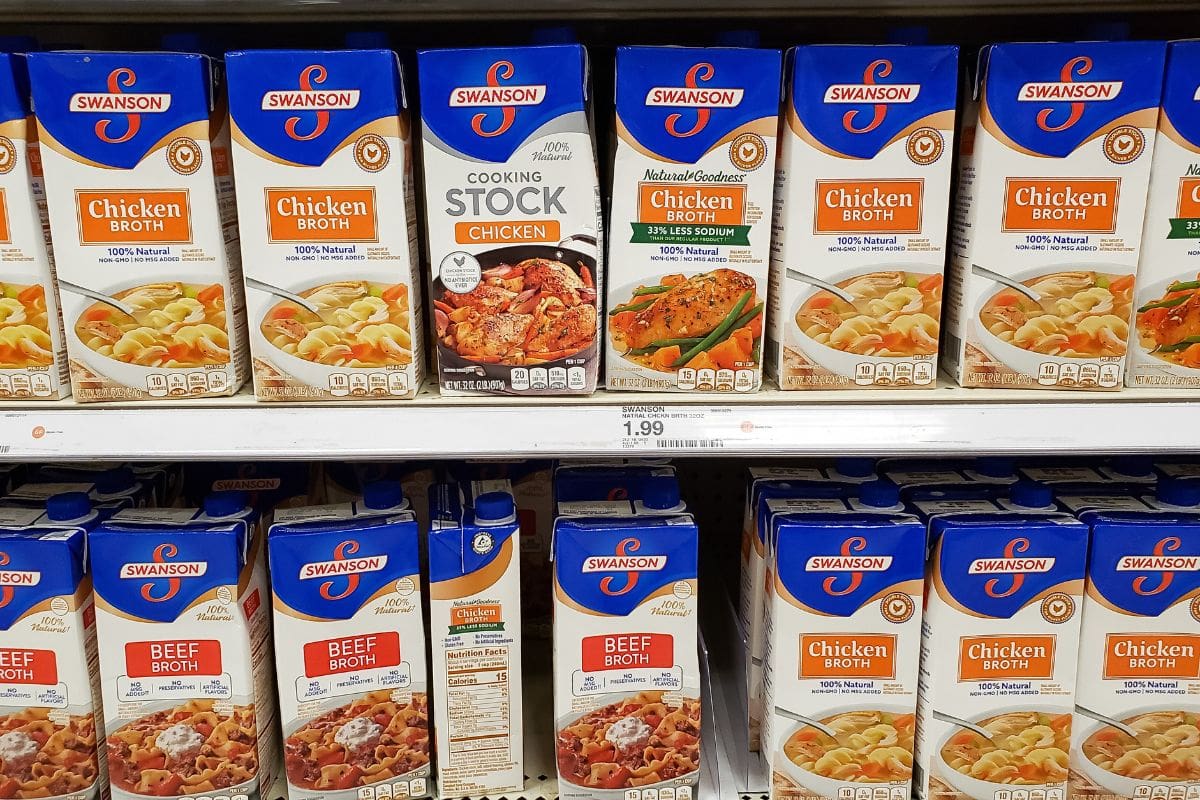
Cartons of broth and stock are convenient but pricey, often costing $3–$5 for a single use. A cheaper alternative is to buy bouillon cubes or paste from the soup or international aisle, which provides multiple servings at a fraction of the cost. Even better, save money and food waste by making your own stock with leftover vegetable scraps and bones from meat dishes.
Related Post: 10 Reasons Home-Cooked Meals Aren’t Always Better
9. Bread Crumbs – Opt for DIY or Check the Bakery Section
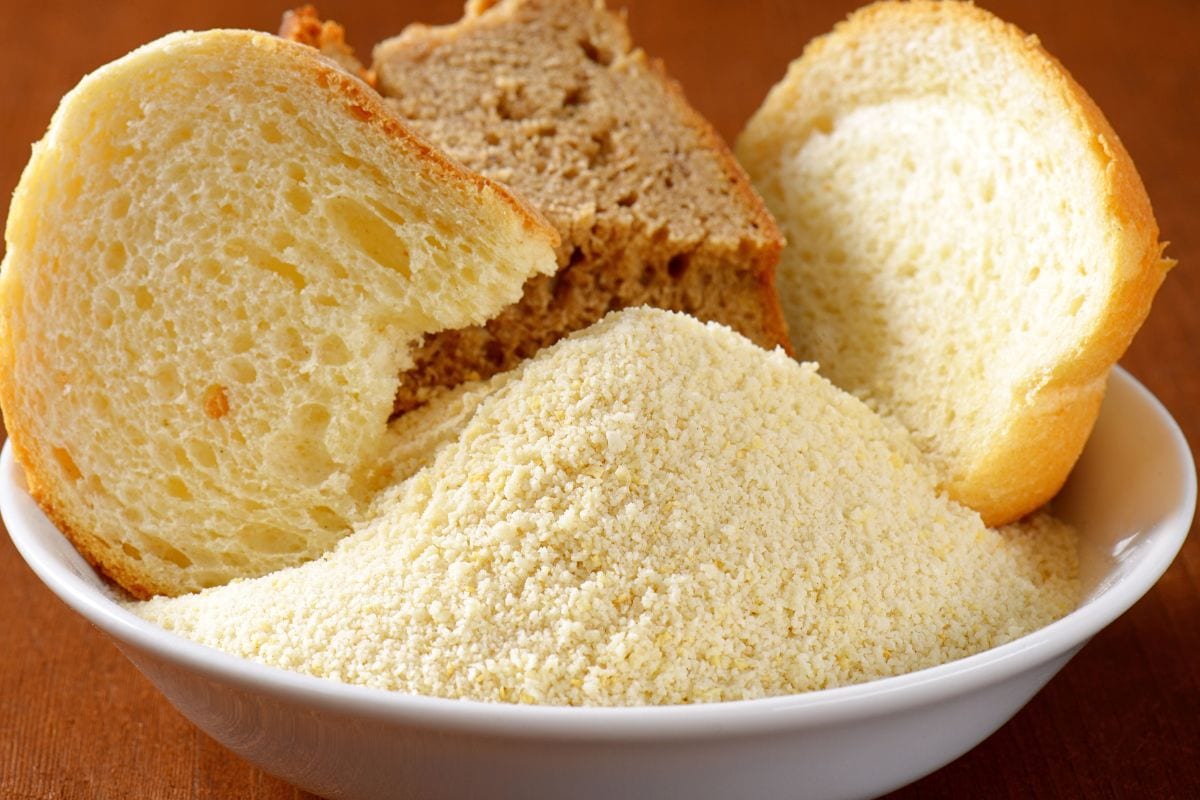
Packaged bread crumbs in the baking aisle are often overpriced and contain preservatives to extend shelf life. Instead, buy a loaf of fresh bread from the bakery (or use stale bread you already have at home) and blend or grate it into crumbs. You can even season them yourself to match specific dishes. It’s cheaper, fresher, and allows you to avoid unnecessary additives.
Related Post: 10 Grocery Shopping Habits Older Generations Had That Made Life Simpler
10. Frozen Fruits and Vegetables – Compare with Canned and Fresh
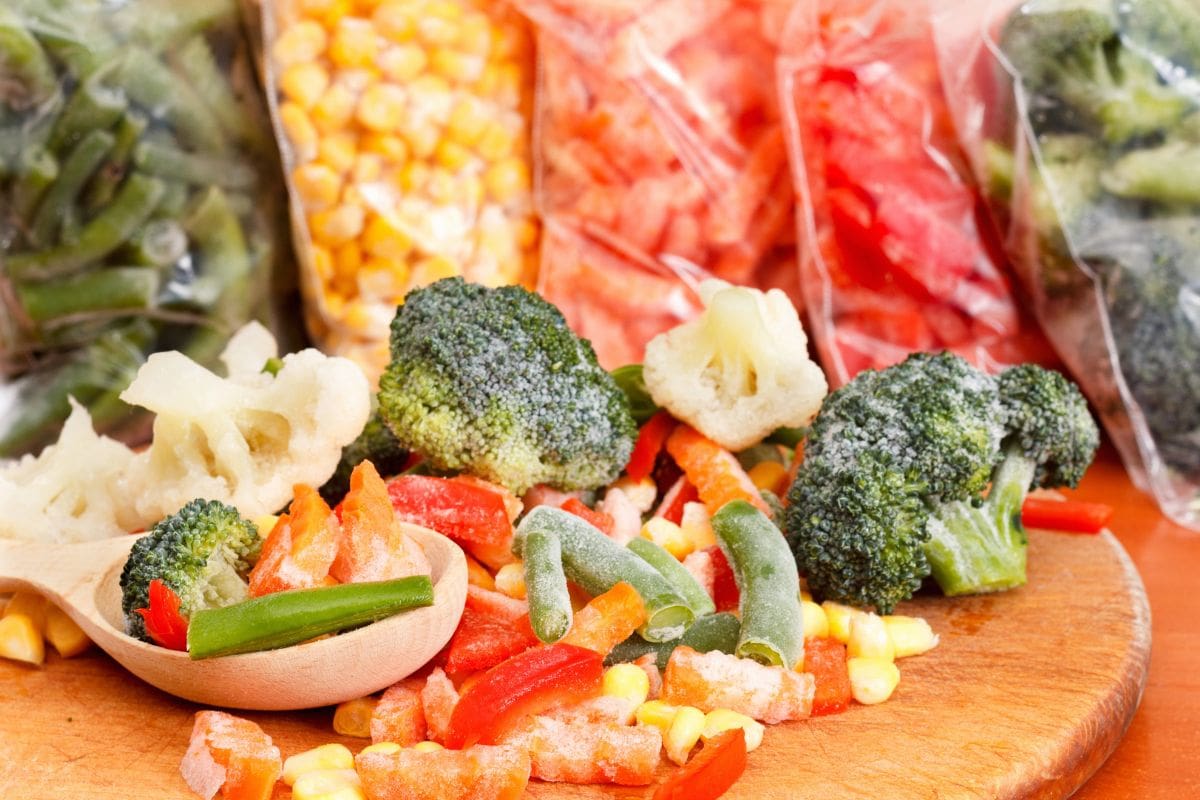
Frozen fruits and vegetables can be a great option for convenience and nutrition, but they aren’t always the cheapest choice. Some stores sell canned versions for much less, while fresh produce (especially in-season items) may also be more affordable per serving. Compare the price per ounce and check different sections to find the best deal for your needs.
Sign up now to receive our exclusive e-cookbook filled with top-rated recipes for FREE!
11. Bottled Water – Buy a Filter Instead

Single-use bottled water is not only expensive but also bad for the environment. If you regularly buy cases of bottled water, consider investing in a reusable filter pitcher or a faucet-mounted water filter. Over time, this will save you hundreds of dollars and drastically cut down on plastic waste. Many grocery stores also sell filtered water refills at a fraction of the cost of pre-packaged bottled water.
Related Post: 10 Old-School Restaurant Chains That Barely Exist Now
Shop Smart and Save More

Grocery stores are filled with hidden price traps, but savvy shoppers know how to find better deals in different aisles. By comparing prices, skipping pre-packaged convenience foods, and checking bulk or international sections, you can save a significant amount on your grocery bill.
The next time you shop, take a few extra minutes to explore different aisles—you might be surprised at how much you can save just by making smarter choices.
Disclaimer: This list is solely the author’s opinion based on research and publicly available information.
13 Worst Grocery Store Tricks Designed to Mislead Store Shoppers

Ever walked into a grocery store for just a few essentials, only to leave with a cart full of things you didn’t plan to buy? It’s not your lack of willpower—it’s by design!
Read it here: 13 Worst Grocery Store Tricks Designed to Mislead Store Shoppers
These 13 Party Recipes Could Be the Reason Your Events Flop

Great food makes for a great party—but the wrong dishes can ruin the vibe. Whether it’s an unappetizing dip, an impossible-to-eat appetizer, or a dish that sits untouched, some recipes are simply party killers.
Read it here: These 13 Party Recipes Could Be the Reason Your Events Flop
Your Picnic Might Be Doomed If You Pack These 11 Foods

A picnic sounds like the perfect way to enjoy the outdoors—until your food turns soggy, spoiled, or downright inedible. While some foods travel well, others are a disaster waiting to happen in the sun.
Read it here: Your Picnic Might Be Doomed If You Pack These 11 Foods
You’ll love these related posts:
